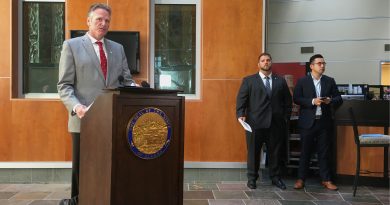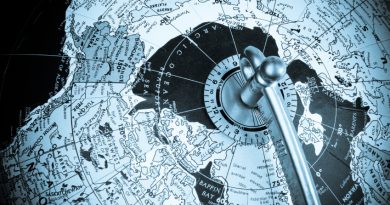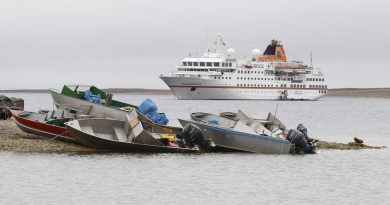Fewer walrus for hunters in remote Alaska
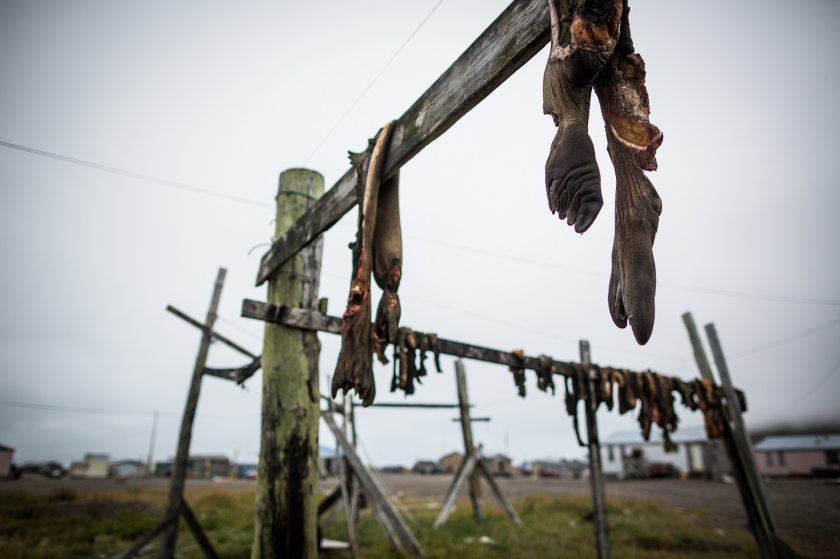
Miserable weather and thick, almost unnavigable sea ice have led to a walrus shortage on remote St. Lawrence Island.
Savoonga and Gambell, the two villages on the island located smack dab in the middle of the Bering Strait, took in a paltry 184 walrus, or less than 20 percent of their 10-year average. The two communities typically bring in more than 1,200 walruses.
While walrus serves as a major food store for the communities — racks full of drying meat are common throughout the region — they also serve as a major economic driver.
The low number of walrus have led Alaska legislators Rep. Neal Foster and Sen. Donny Olson to ask Gov. Sean Parnell assess the situation and consider issuing an economic disaster declaration for the region. The declaration would free up the state to issue funds set aside specifically for disasters.
Rep. Foster, D-Nome, noted that the situation, while focused on marine mammals, is no different than a year of bad fish runs, a reality that many Alaska communities have faced in recent years, particularly with abysmal king salmon runs across much of the state.
“These folks depend heavily on hunting to supplement any cash income they might receive to put food on the table,” said Foster, who was traveling, in an email. “The state has made fish disaster declarations when the runs were low, and this situation out in Gambell is very similar.”
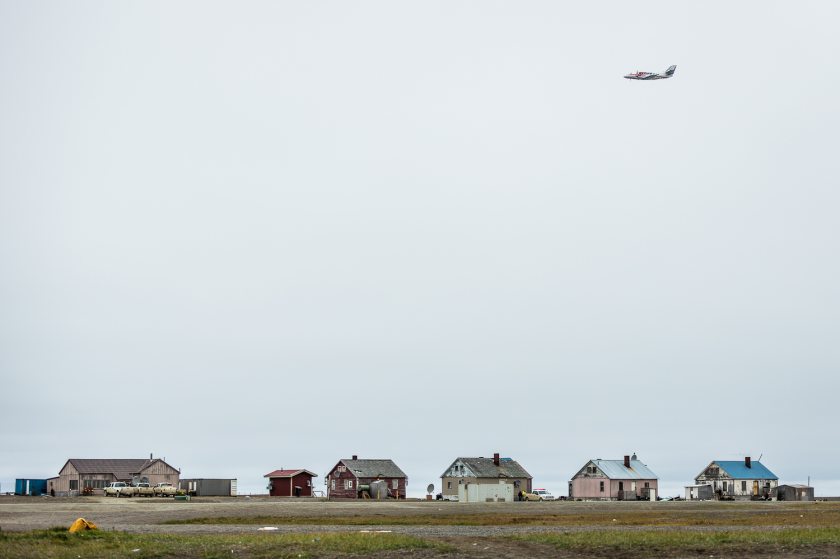
Bad weather, thick ice, fewer opportunities
In an average year, hunter Eddie Ungott will catch about 40 walruses, a 50-50 split between cows and bulls. Those 40 animals are enough to feed the five to six families he provides for.
This year, Ungott, president of the Native Village of Gambell and a subsistence hunting captain, ended up with two cows with calves and seven bulls.
“It’s just way, way below,” Ungott said Friday from Gambell, the small Yup’ik village of about 680 on the westernmost tip of the island.
Prevailing southwest winds kept pushing the thick sea ice toward the island this spring, making it difficult for the 36 walrus crews to get their boats out to sea. Coupled with miserable, wet winter storms, Ungott said the packed ice kept his crew from venturing much farther than one or two miles from the island. Prime walrus hunting is six or seven miles offshore, he said.
George Noongwook had a similar experience in Savoonga, population 670, which is about 40 miles southeast of Gambell. Noongwook, a hunter and chairman of the Alaska Eskimo Whaling Commission, only killed one walrus this season. He typically takes in a dozen or more.
“Some years it’s bad, but it’s not this bad,” he said.
Noongwook said the community is looking for other food sources — such as seals, sea birds, eggs and fishing for halibut and salmon — to supplement the loss in walrus.
“You just have to go with the flow, I guess,” he said. “We can’t do anything about it. (The season) is over and done with.”
This year Savoonga landed four bowhead whales, another food option, though two additional strikes were counted as losses. Noongwook said while those lost whales sometimes sink, usually hunters are able to salvage them a day or two later when float up. This year, the mass of sea ice kept that from happening.
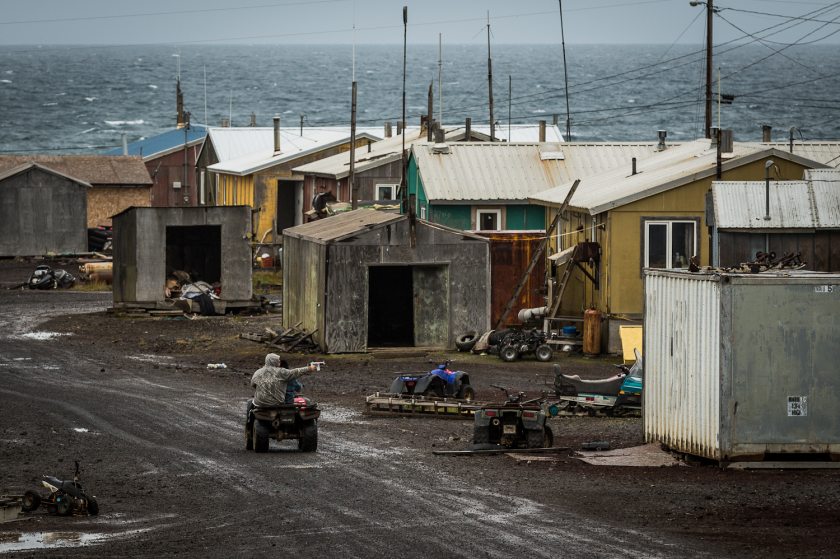
Economic implications
While other food sources may be available, trying to make up for the economic loss of the walrus hunt is harder.
Walrus ivory serves as an economic driver for the communities. With few job opportunities on the remote island, carving and selling ivory is one of the main sources of income for many residents.
“With no ivory, we can’t pay our bills … can’t do nothing much this year,” said Gloria James, who works in the marine mammal program for the Native Village of Gambell.
Vera Metcalf, director of the Eskimo Walrus Commission, said it’s hard to put a value on how much walruses mean to the communities that live off them. Many of the communities the commission represents — which includes villages in both the Bering Strait and Chukchi Sea — use marine life for 80 to 90 percent of their diet.
“We’ve been living off these resources for centuries,” she said. “It’s not just part of our cultural lifestyle, but we’re dependent on these for our livelihood.”
Metcalf noted that the people that live in those villages are resourceful and adaptive. Still, the commission supports of the efforts of lawmakers to provide some emergency funds.
“We saw evidence of meat racks that were full last year, this year there’s nothing,” she said. “We heard (the villagers) loud and clear.”
Contact Suzanna Caldwell at suzanna(at)alaskadispatch.com

